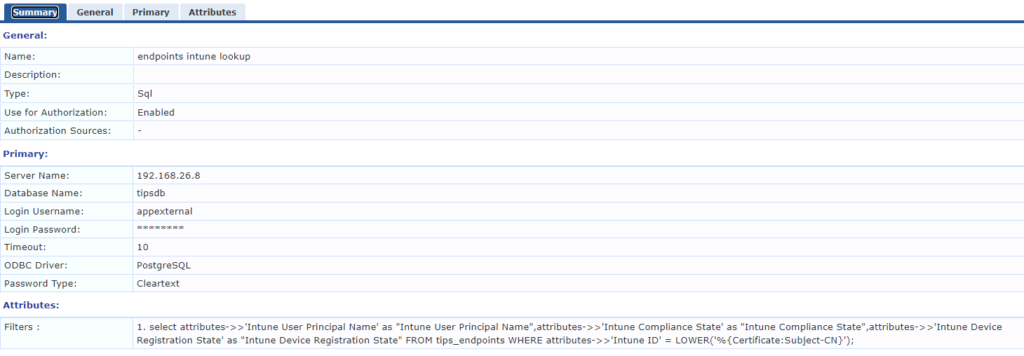Aruba SD-Branch supports branch meshing which, as the name suggests, allows branches to build an IPsec tunnels between branches and share routes directly. This is useful if you have server resources within a branch that need to be accessed from other sites. The concept is that it’s more efficient for traffic to flow directly between sites rather than via the VPNC in the company data centre or cloud service.
Whilst this all makes complete sense, it’s worth considering that not all ISPs are equal – of course we know this – and not all ISP peering is quite what we might expect.
I have recently worked on a project where branch mesh is occasionally used and the customer experienced significant performance problems with site B accessing servers on site A when the mesh was enabled.
The issue was down to ISP peering. Site A is in country1, Site B is in country2 and the VPNC is in country3. Traffic from ISPs on both sites to the VPNC was as fast as it could be. Both ISPs generally performed extremely well but as soon as traffic was routed between them the routing was weird with very high latency.
Because the ISPs on both sites were performing well in all other respects, reachability and performance tests all looked good. The gateways therefore happily used the branch mesh for the traffic between the two sites and the user experience was horrible.
Short term fix was to disable mesh between these branches. Long term fix was to change ISP at one of the sites. The customer did try raising a case with both ISPs. One engaged and at least tried to do something, the other didn’t… guess which was replaced.



